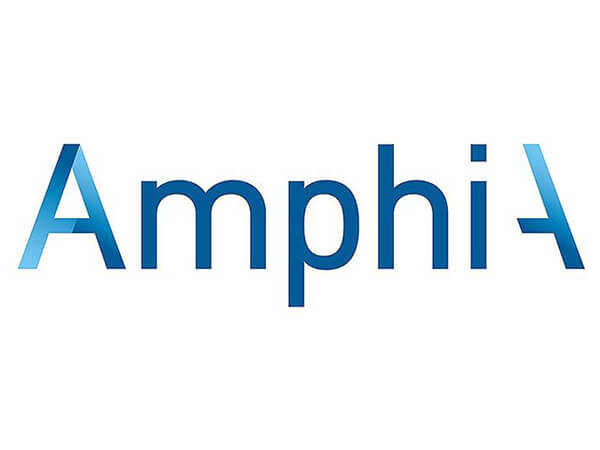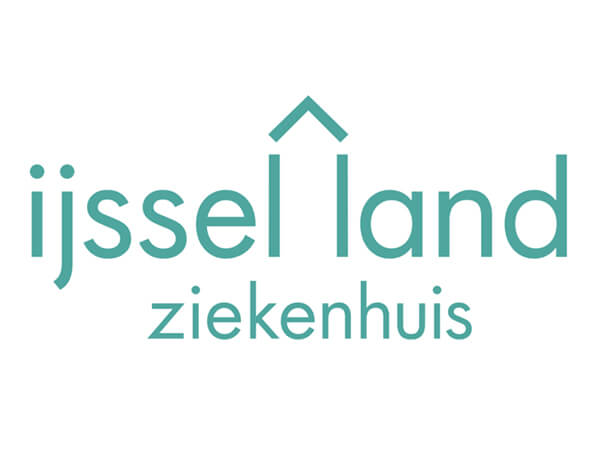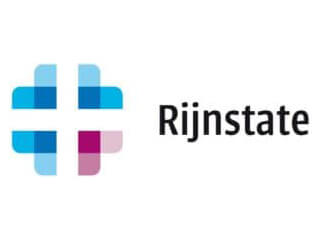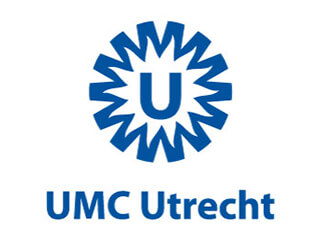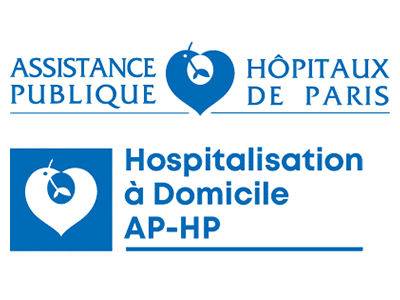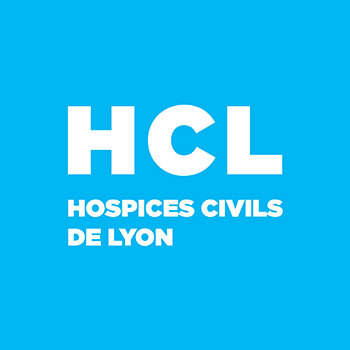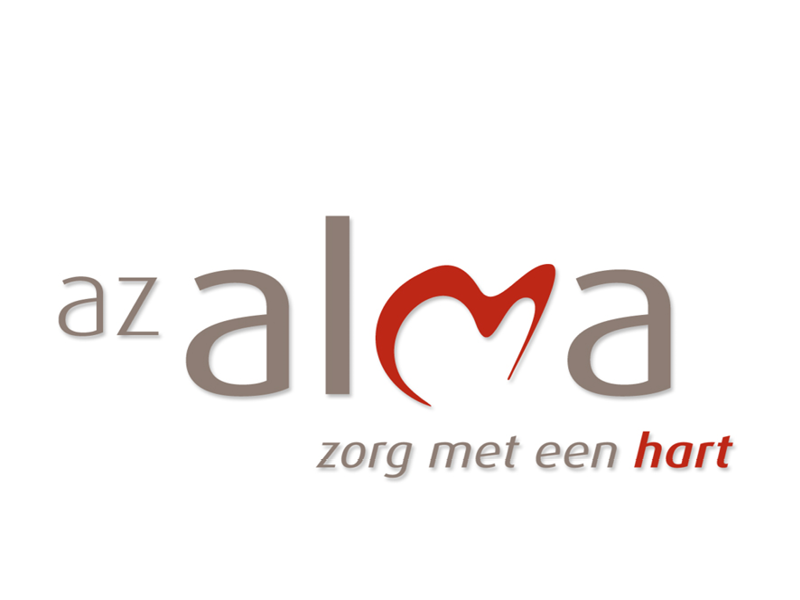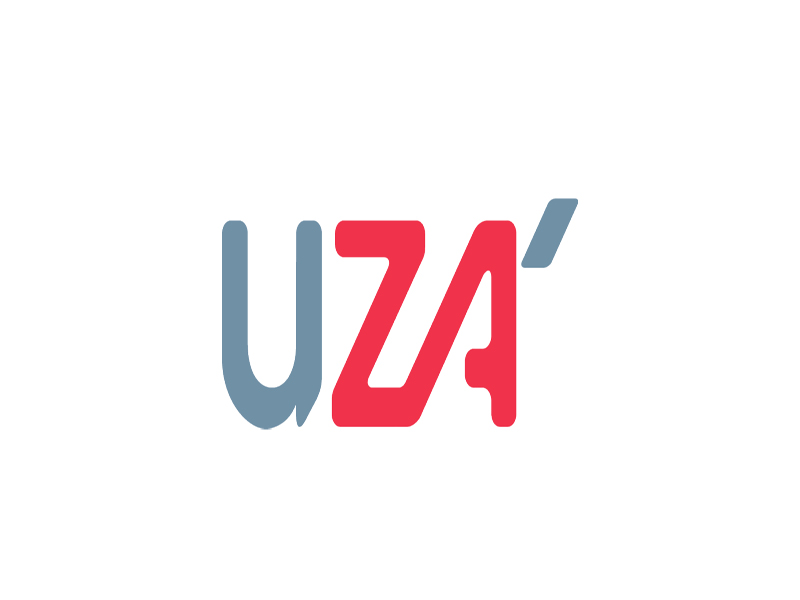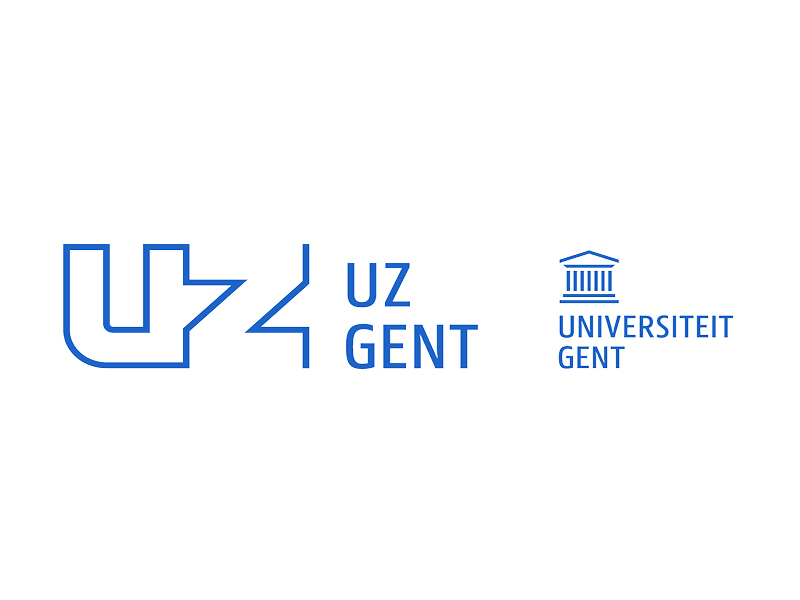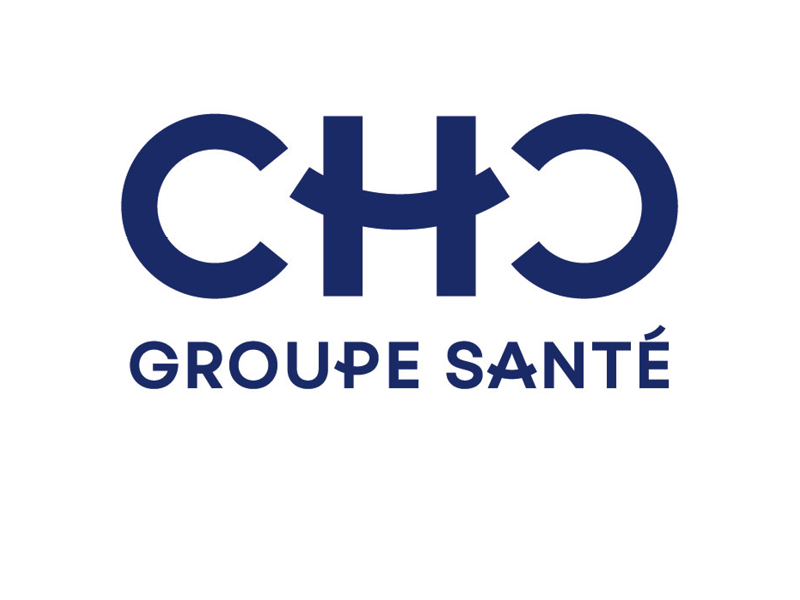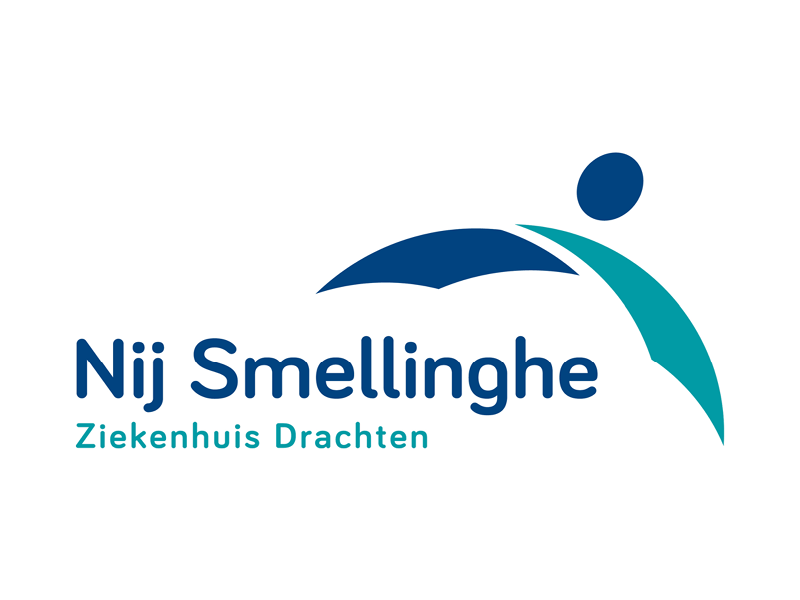
Betrouwbare software en CTG-oplossingen voor (pre)natale zorg
Flexibele en integreerbare oplossingen voor monitoring in het ziekenhuis en op afstand
Betrouwbare monitoring van moeder en foetus
Met onze toekomstbestendige oplossingen zorgen we voor continue efficiëntie en kwaliteitsverbetering in de gezondheidszorg. Dit bereiken we door processen te standaardiseren en de communicatie tussen verschillende verloskundige informatiesystemen te harmoniseren. Daarnaast ontwikkelen we nieuwe manieren om de zorg voor moeder en kind tijdens de zwangerschap en bevalling te verbeteren.
Oplossingen voor verloskunde
Onze softwareoplossingen zijn ontworpen voor elektronische registratie en foetale monitoring, gericht op het optimaliseren van werk- en besluitvormingsprocessen op de afdeling Verloskunde. De ontwikkeling van de integrale oplossingen voor verloskunde vindt plaats in nauwe samenwerking met gynaecologen, verloskundigen, universiteiten en overheidsinstellingen.
Wij zijn trots te werken voor
ICT HCTS biedt een totaaloplossing
- Mosos is onze modulair opgebouwde suite, een compleet verloskundig informatiesysteem, waar CTG-apparaten en echoapparaten aan gekoppeld kunnen worden. Mosos monitort en registreert verloskundige informatie tijdens de zwangerschap en bevalling.
- MososNXT CTG is een volledig webgebaseerd verloskundig informatiesysteem dat naadloos integreert met een centraal EPD-systeem. De integratie van CTG-gegevens in het EPD zorgt ervoor dat gynaecologen en verloskundigen informatie over moeder en kind in één omgeving bij de hand hebben. Dit geeft gebruikers één toegangspunt en toegang tot patiëntgegevens in meerdere omgevingen.
- CTG-monitoring op afstand: PregnaOne is een mobiele CTG-monitor. Hiermee kunnen zwangere vrouwen, gynaecologen en verloskundigen CTG's uitvoeren op verschillende locaties, zoals thuis, in het ziekenhuis, de verloskundigenpraktijk of onderweg.
- Stan S41 is een CTG-apparaat dat gynaecologen en verloskundigen gedetailleerde informatie geeft over moeder en kind tijdens de zwangerschap en bevalling. Naast uitgebreide CTG-metingen heeft de S41 de volgende functies:
- Interne FHR-monitoring met behulp van een schedelelektrode.
- ST-analyse van de foetale hartactiviteit. Signalering van mogelijke foetale hypoxie. Dit is ook geïntegreerd in Mosos.
